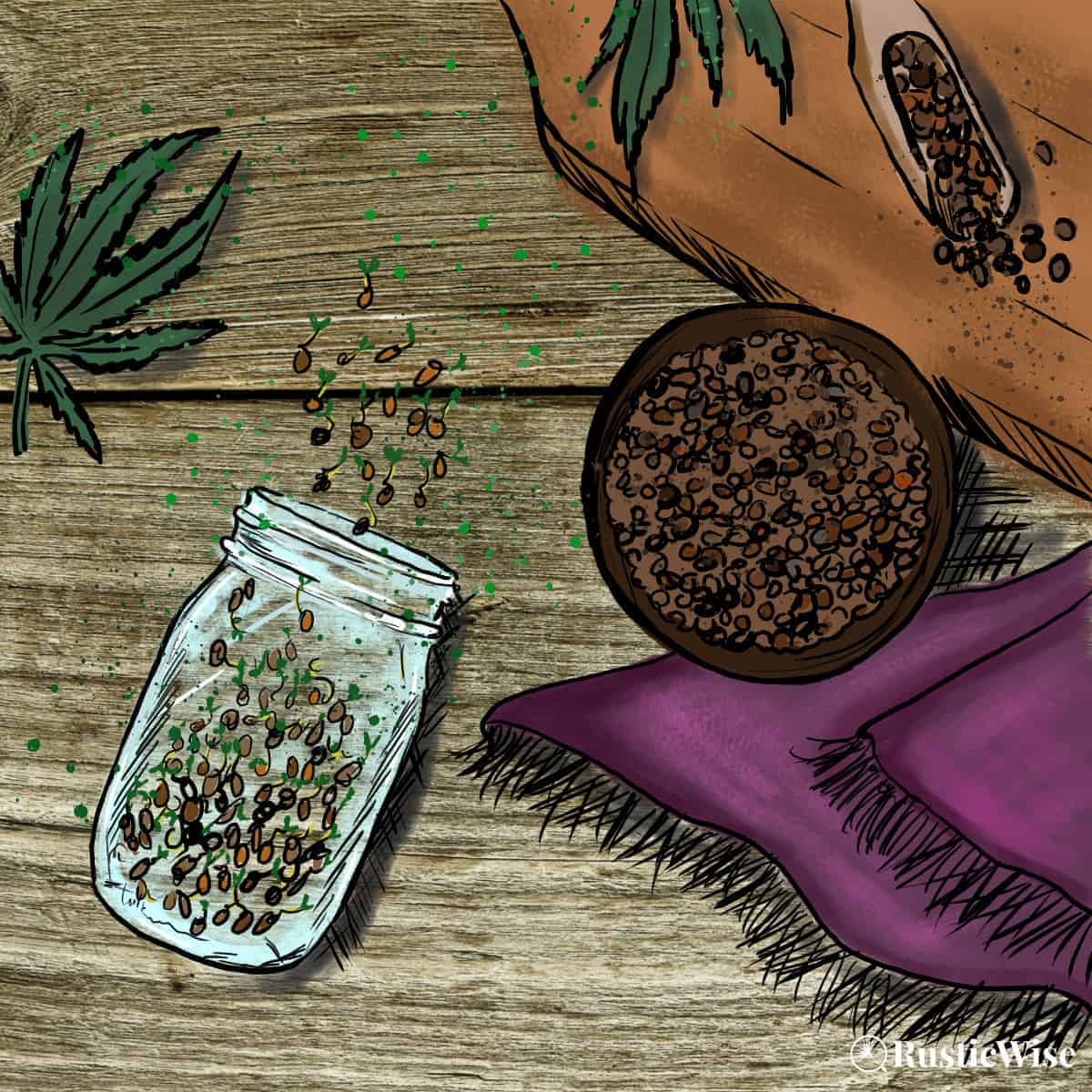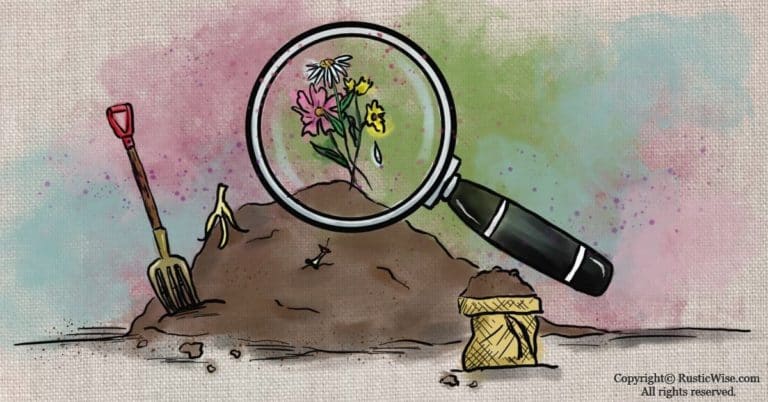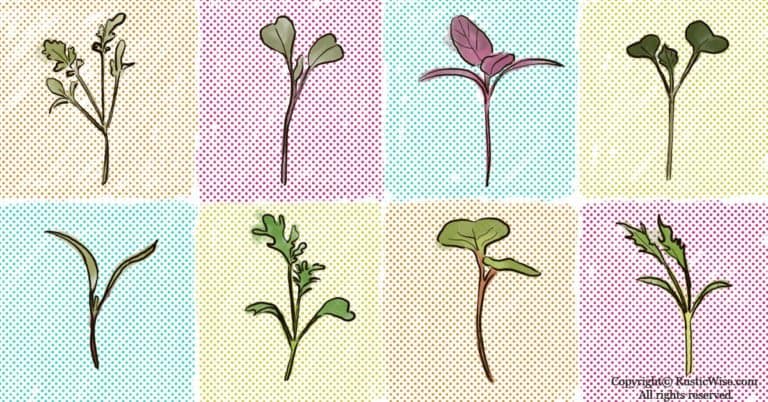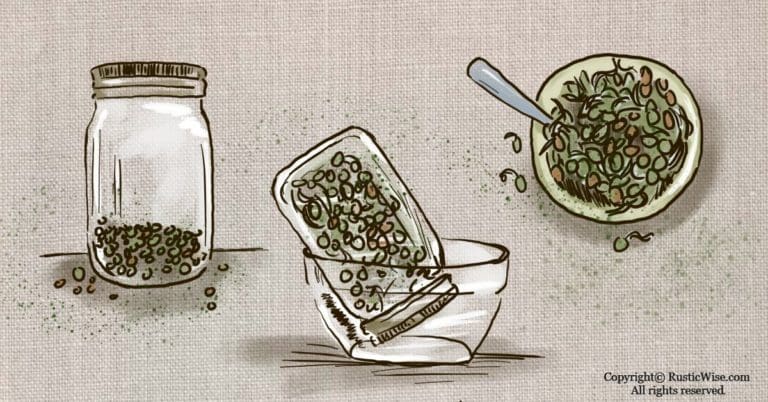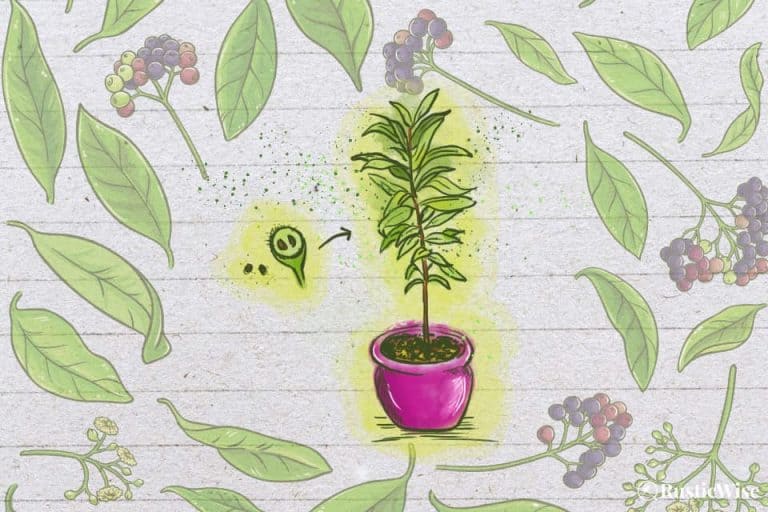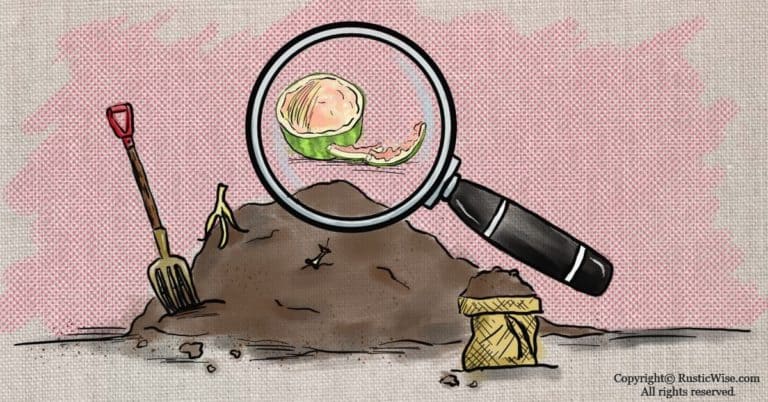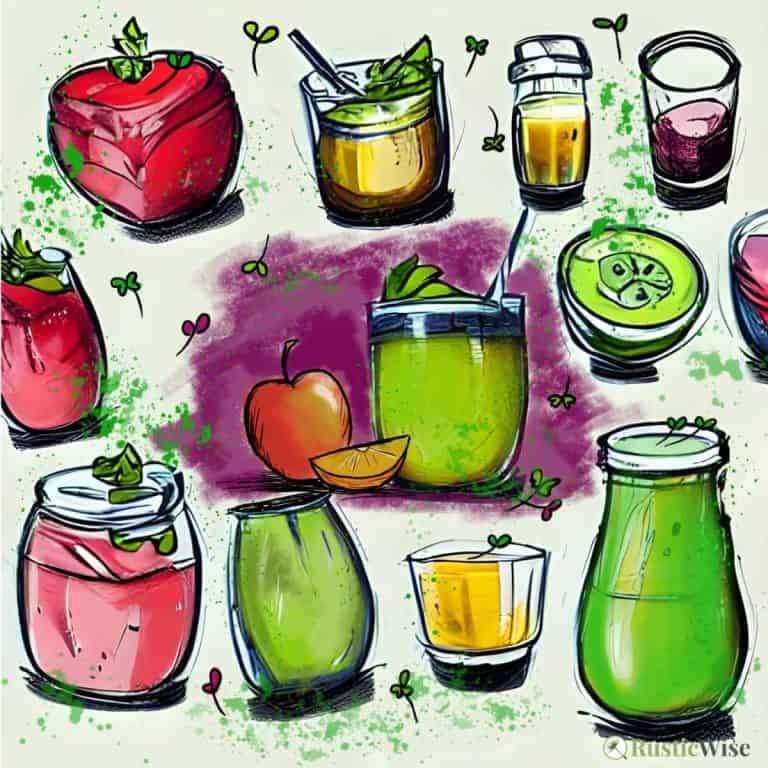How To Sprout Hemp Seeds for Eating: Grow Tasty Hemp Sprouts
Hemp seeds from the Cannabis Sativa plant are a superfood that contains a high dose of plant-based protein and iron, along with essential fatty acids and flavonoids. If you’re tired of eating hemp hearts, but still want to reap the nutritional benefits of these seeds, there’s good news. You can try sprouting hemp seeds.
Luckily, the sprouting process is simple. I’ll show you how to sprout hemp seeds for eating, step by step. All you’ll need is a sprouting jar, clean water, and some organic unhulled seed. Your hemp sprouts are ready to eat in 3 to 5 days! Sprouting makes food easier to digest, and also allows the nutrients to be more readily absorbed by the body.
Hemp seed sprouts are a versatile and nutritious addition to your diet. Let’s learn more about this ancient plant and all it offers.
A closer look at the hemp plant
The hemp plant (Cannabis sativa), also referred to as industrial hemp, is cultivated for its oil, seeds, and fibrous stands. There are over 40 different cultivars, but the most common one for commercial use is Finola.¹
This ancient plant has been grown and used to produce fiber for thousands of years, starting in central Asia. There are records of hemp production in China dating back to 2800 BCE. It was also grown in parts of the Mediterranean in the Middle Ages and was later cultivated in Chile during the 1500s. One hundred years later, North America begun cultivating Cannabis sativa.²
While marijuana and hemp both come from the Cannabis plant, hemp products won’t get you high.
You’ve probably seen hemp hearts (which are hulled seeds) at the grocery store, or health food store. They’re often added to cereals, smoothies, or salads. And hemp seed milk is a protein-rich alt-dairy product.

Credit: Vector State
The composition of hemp seeds
The round, dark, reddish-brown seeds of the Cannabis plant are a significant source of healthy oils (omega-3s and omega-6s), protein, and fiber.
Here’s a look at the composition of a seed.¹ (Note: the chemical breakdown of seeds greatly depends on the cultivar and growing conditions of the plant.)
- Oil: 25–30 percent
- Protein: 25–30 percent
- Fiber: 30–40 percent
- Moisture: 6–7percent
Each tiny seed is encased in two layers of pericarp. Within each seed are the endosperm and two cotyledons. Cotyledons are located in the embryo of the seed; they are the seed leaves of a plant which provide nutrients.¹
What exactly are hemp sprouts?
Hemp sprouts are tiny shoots of the hemp plant, sprouted with its edible seeds. Unhulled seeds are sprouted by first soaking the seed to activate it. Next, we place the seeds in a sprouter or glass jar. The seeds will sprout quickly with the help of regular rinsing and draining under cool water.
You eat sprouts whole: root, shoot, and seed. In about 3 to 5 days, your hemp sprouts are ready to enjoy.
They are very easy to grow, and a great way to get more greens into your daily diet.
You can sprout many types of grains, legumes, and vegetables. Hemp sprouts are excellent additions to salads, sandwiches, or as a fine garnish.
You can also grow hemp as microgreens. Similar to sprouts, microgreens are also the young greens of a plant. The major difference between sprouts and microgreens is how you grow them. Sprouts don’t require any type of soil; microgreens are grown in soil (or a soilless medium). You harvest microgreens by cutting them just above the soil line.
What are the nutritional benefits of hemp sprouts?
Hemp sprouts are one of the most nutrient-dense foods you can consume. They are a rich source of amino acids, essential fatty acids, antioxidants, essential enzymes, flavonoids, and vitamins.
Here’s a quick look at what these sprouts can deliver nutritionally:
- Complete source of amino acids: Hemp seeds contain all essential amino acids.³
- Anti-inflammatory properties: One study looked at the effects of sprouting hemp seeds. It found that the process of growing sprouts, “induces the formation of prenylated flavonoids in some varieties of hemp seeds.”³ Flavonoids protect the body’s cells from oxidative stress.
- Healthy fats: Hemp seed oil is a great source of healthy polyunsaturated fatty acids, including linoleic and linolenic acids. Linoleic acid comprises 50 to 70 percent of the fats found in the seed. These seeds also contain an ample amount of both omega-6 and omega-3 fatty acids at desired ratios.¹ These healthy fats are good for raising HDL cholesterol (aka “good” cholesterol), prevents blood clots, and keeps arteries free from plaque.⁴
- Great source of protein and iron: There’s a reason many vegetarians or vegans eat hemp seeds—they’re chock-full of plant-based protein and iron. Seeds contain roughly 25–30 percent protein. They are also a wonderful source of nonheme iron (found in plant-based foods). Hemp is an excellent alternative to beans and tofu.
Why sprout my food?
Sprouting your food is one of the easiest ways to increase the bioavailability of the nutrients contained within raw plant foods. Sprouting also makes foods easier to digest.
Phytic acid is an anti-nutrient found in seeds, legumes and grains. It’s responsible for preventing the absorption of various minerals. When seeds, such as grains and legumes are sprouted, phytic acid is significantly decreased and a greater amount of the nutrients can be absorbed.
What kind of seeds to sprout?
Use only unhulled seeds as any hulled (shelled) varieties won’t sprout or germinate. Hemp hearts will definitely not sprout, nor will any hulled or roasted varieties.
Look for raw, organic, unhulled hemp seeds at your local health food store, or online suppliers.
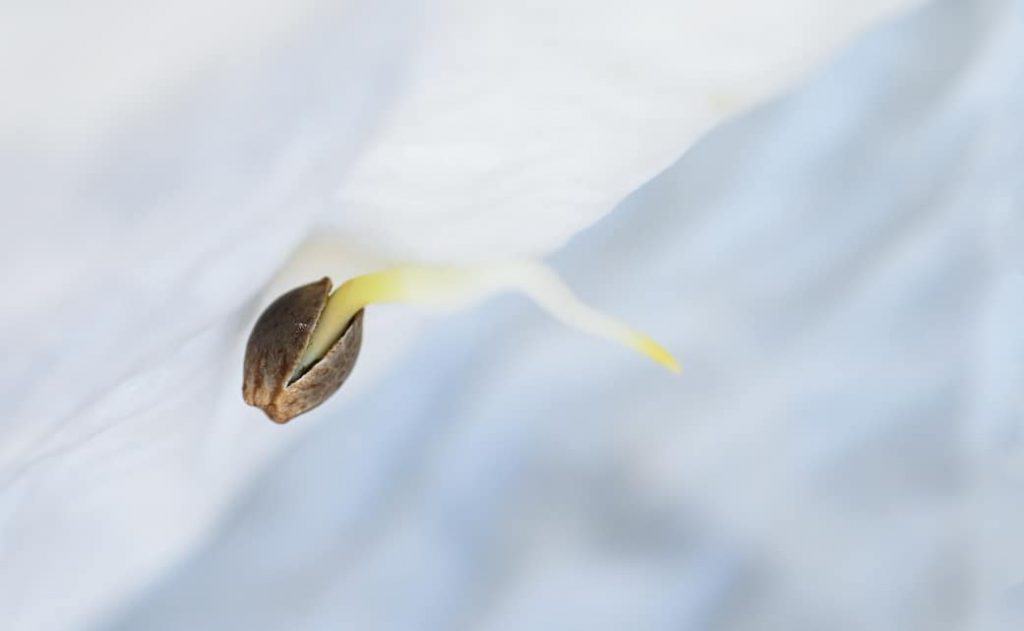
Credit: Vector State
How to grow hemp sprouts for eating in a jar
Hemp sprouts are easy to grow in your kitchen and require little space. They’re ready to eat between 3 to 5 days, depending on your preferences.
If you’re new to sprouting, check out our essential guide to sprouting for everything you need to know.
Note: Hemp seeds have a high yield. For example, ¼ cup seeds yield 4 cups of sprouts. I suggest starting with only a few tablespoons of seeds per jar, as you don’t want to cramp the sprouts. When sprouts have poor air circulation, it opens up the chance for bacteria and mold growth—something nobody wants!
Supplies you’ll need
- 1-quart glass mason jar
- Sprouting lid or cheesecloth and rubber band
- 3 to 4 tablespoons of raw, organic, unhulled hemp seeds
- Clean water (filtered)
- Small bowl to catch water
- Measuring spoons
Step-by-step
- Measure seeds: Portion out roughly 3 to 4 tablespoons of seeds per quart jar.
- Inspect and wash seeds: Remove any debris or damaged grains. Place the seeds in the jar and rinse with clean, cool water several times until the water runs clear.
- Soak: Ensure the seeds are fully submerged under water and let them soak for 8 hours, or overnight. This soaking period helps to coax the seed out of its dormancy and soften the outer layer. Place a sprouting lid on, or fasten a piece of cheesecloth with an elastic band.
- Drain: Drain after soaking. Tip the jar upside down (with lid or cheesecloth on). Place jar upside down at a 45-degree angle in a bowl to encourage good drainage.
- Rinse and drain: After the initial soak, continue to rinse and drain the hemp with cool water at least twice a day, or every 8–12 hours. Keep sprouts at room temperature out of direct sunlight. Ensure you drain the jar well to prevent sitting water, which can cause sprouts to smell and grow mold or bacteria. Drain the bowl as well to get rid of excess water.
- Harvest: When growing hemp sprouts, you can harvest as early as Day 3. Depending on how fast your sprouts are growing, you could also wait until Day 4 or 5. There’s no guideline set in stone on when you have to harvest—it’s best to harvest according to your taste preferences! When harvesting, give your sprouts one last rinse under cold water in a colander to remove any residue. Allow to drain fully, and pat dry.
Store harvested sprouts in the refrigerator in a plastic bag or container. Sprouts are best when consumed fresh, or within 3 to 5 days. The key to storing sprouts is to give it some airflow, but not so much that it dries out.
Some people like to wrap a paper towel loosely around the shoots. I like to store mine in a yogurt container with a few small holes drilled in.
Related questions
Can you get high from hemp seeds or sprouts?
While both marijuana and hemp seeds come from the Cannabis genus, seeds and sprouts don’t contain psychoactive compounds and won’t get you high. Marijuana contains roughly 3–30 percent tetrahydrocannabinol (THC), while industrial hemp plants only have less than 1 percent THC.¹
Are hemp seeds a good source of CBD?
If you’re hoping to get a bit of CBD or cannabidiol from Cannabis seeds, you might be disappointed. CBD oil derives from the flowers and leaves of the Cannabis plant, while the seeds provide the source of hemp seed oil. Hemp seed oil and CBD oil have a vastly different chemical makeup.
👉 If you like this post, see our Essential Sprouting Guide: How To Grow Sprouts at Home. 🌱
Would you like more timeless tips via email?
Fun tips to help you live an independent, self-sustaining lifestyle. Opt-out at any time.


References
- Oklahoma State University Extension, Hemp Seed Oil Properties, https://extension.okstate.edu/fact-sheets/hemp-seed-oil-properties.html. Accessed October 2022.
- Britannica, Hemp, https://www.britannica.com/plant/hemp. Accessed October 2022.
- Seegers, J., Schaible, A. M., Weinigel, C., Barz, D., Koeberle, A., Allegrone, G., Pollastro, F., Zampieri, L., Grassi, G., & Appendino, G. (2014, July). Cannflavins from hemp sprouts, a novel cannabinoid-free hemp food product, target microsomal prostaglandin E2 synthase-1 and 5-lipoxygenase. PharmaNutrition, 2(3), 53–60. https://doi.org/10.1016/j.phanu.2014.05.001
- Evans, Doug (2020). The Sprout Book: Tap into the Power of the Planet’s Most Nutritious Food. St. Martin’s Publishing Group. ebook.

Author: Josh Tesolin
Josh is co-founder of RusticWise. When he’s not tinkering in the garden, or fixing something around the house, you can find him working on a vast array of random side projects.

